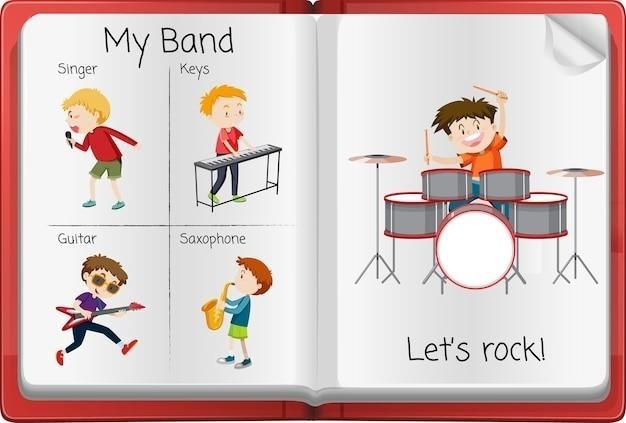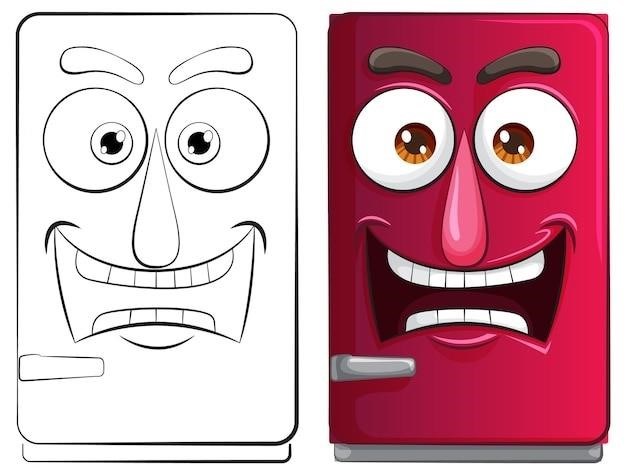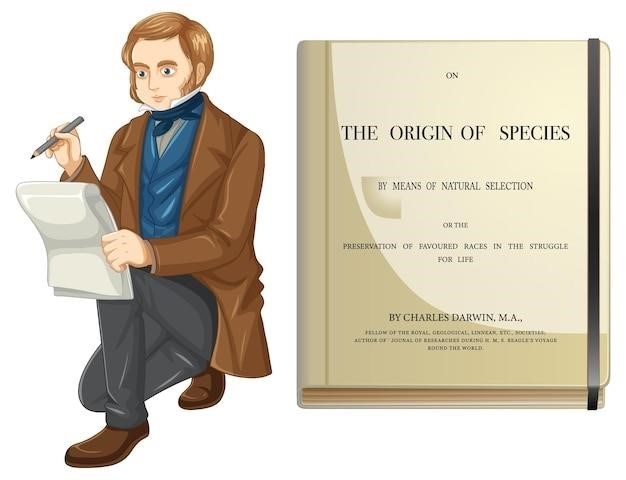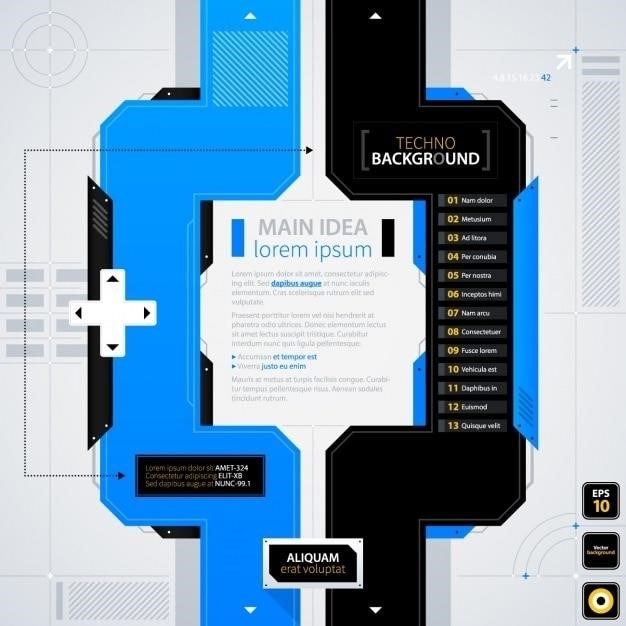drum rhythms pdf
Drum rhythms are the foundation of music, providing the pulse and groove that drive a song. Understanding drum rhythms is essential for musicians, producers, and anyone interested in creating or appreciating music. This comprehensive guide will explore the world of drum rhythms, from basic concepts to advanced techniques. We’ll delve into different types of drum rhythms, their importance in music, and how to create and analyze them. We’ll also examine the evolution of drum rhythms and their role in music production.
Introduction
Drum rhythms are the heartbeat of music, providing the driving force and underlying pulse that shapes the character of any song. They are the rhythmic foundation upon which melodies, harmonies, and other musical elements are built. A deep understanding of drum rhythms is crucial for musicians, producers, and anyone seeking to create or appreciate music. This comprehensive guide will explore the fascinating world of drum rhythms, delving into their various types, their importance in music, and how to create, analyze, and even visualize them. From basic concepts to advanced techniques, this guide aims to equip you with the knowledge and tools to master the art of drum rhythms.
Whether you’re a seasoned musician or a curious beginner, this guide serves as a valuable resource for understanding the fundamental role of drum rhythms in music. We’ll examine how drummers and producers employ different rhythmic patterns to create a wide range of musical moods, from the driving energy of rock to the delicate nuances of jazz. We’ll also explore the evolution of drum rhythms throughout history, highlighting the diverse influences that have shaped the rhythmic landscape of music.
This guide will also delve into the practical aspects of drum rhythms, providing insights into notation systems, analyzing rhythmic patterns, and using drum rhythms effectively in music production. By the end of this exploration, you will have a solid foundation in understanding drum rhythms, enabling you to create your own compelling rhythmic patterns and appreciate the intricate tapestry of rhythms that make up the world of music.
Types of Drum Rhythms
Drum rhythms can be broadly categorized based on their structure, feel, and cultural origins. Understanding these categories helps musicians and producers navigate the diverse world of rhythmic possibilities.
One common categorization is based on the rhythmic feel⁚
- Straight Rhythms⁚ These rhythms have a consistent, even pulse, often found in genres like rock, pop, and classical music. Examples include the classic four-on-the-floor beat and simple eighth-note patterns.
- Swing Rhythms⁚ Swing rhythms feature a more relaxed feel with uneven spacing between beats, often characterized by a “swung” eighth note. This rhythmic feel is prevalent in jazz, blues, and swing music.
- Syncopated Rhythms⁚ Syncopation involves emphasizing off-beat notes, creating a sense of surprise and rhythmic tension. This technique is common in funk, hip-hop, and many other genres.
Another way to classify drum rhythms is by their cultural origins⁚
- Latin Rhythms⁚ Latin rhythms often feature complex polyrhythms, syncopation, and a strong emphasis on clave patterns. Examples include salsa, mambo, and bossa nova;
- African Rhythms⁚ African rhythms are characterized by polyrhythms, intricate patterns, and a strong emphasis on polymeter, where multiple meters exist simultaneously. These rhythms are often found in traditional African music and have influenced genres like jazz and funk.
- Indian Rhythms⁚ Indian rhythms are known for their intricate talas (rhythmic cycles) and complex patterns, often employing a variety of instruments like tabla and mridangam.
Exploring the diverse types of drum rhythms opens up a world of creative possibilities for musicians and producers. By understanding these categories and experimenting with different rhythmic styles, you can add depth, texture, and excitement to your musical creations.
The Importance of Rhythm in Music
Rhythm is the lifeblood of music, providing the framework upon which melodies, harmonies, and other musical elements are built. It’s the driving force that sets the tempo and creates the emotional impact of a song. Drum rhythms, in particular, play a crucial role in defining the groove, feel, and overall character of a musical piece.
Here are some key ways rhythm contributes to the power of music⁚
- Structure and Organization⁚ Rhythm provides a sense of order and structure, allowing listeners to follow the flow of the music. It creates a sense of anticipation and release, guiding the listener through the musical journey.
- Emotional Expression⁚ Different rhythmic patterns can evoke a wide range of emotions. A fast, driving rhythm can create excitement and energy, while a slow, deliberate rhythm can evoke feelings of calmness and contemplation.
- Groove and Feel⁚ Drum rhythms are essential for creating the groove, the rhythmic foundation that makes people want to move and dance. The interplay between different drum sounds and patterns creates a compelling and engaging sonic experience.
- Cultural Identity⁚ Rhythm is deeply rooted in cultural traditions, and different musical cultures have developed unique rhythmic styles. These rhythmic patterns often reflect the history, beliefs, and values of a particular culture.
In essence, rhythm is the driving force that brings music to life. It’s the invisible thread that connects the different musical elements and creates a cohesive and engaging listening experience. Understanding the importance of rhythm is crucial for musicians, producers, and anyone who wants to appreciate the power and beauty of music.
Creating Your Own Drum Rhythms
Creating your own drum rhythms is a rewarding and creative process that can unlock your musical potential. It’s a journey of exploration, experimentation, and personal expression. Whether you’re a seasoned drummer or a complete beginner, there are numerous ways to craft unique and compelling rhythmic patterns.
Here are some key steps and approaches to creating your own drum rhythms⁚
- Start with the Basics⁚ Begin by familiarizing yourself with basic drum patterns and rhythms. Study the rudiments of drumming and practice playing simple grooves. This will provide a foundation for developing your own rhythmic ideas.
- Explore Different Styles⁚ Listen to a wide range of music genres and analyze the drum patterns used in each style. Pay attention to the accents, fills, and rhythmic variations that define different musical genres.
- Experiment with Dynamics⁚ Vary the volume and intensity of your drum hits to create rhythmic interest and emphasis. Use accents to highlight certain notes or create a sense of anticipation.
- Incorporate Syncopation⁚ Syncopation is the art of placing accents on offbeats, creating a sense of surprise and rhythmic complexity. Experiment with different syncopation patterns to add a unique flavor to your rhythms.
- Embrace Improvisation⁚ Don’t be afraid to experiment and improvise. Try playing different rhythms and patterns spontaneously, letting your creativity flow. You might discover unexpected and inspiring rhythmic ideas.
Creating your own drum rhythms is a journey of discovery. Embrace experimentation, explore different styles, and allow your creativity to guide you. With practice and persistence, you’ll develop a unique rhythmic voice that reflects your individual style and musical vision.
Drum Rhythm Resources
In today’s digital age, a wealth of resources is available to help you delve deeper into the world of drum rhythms. Whether you’re seeking to learn the basics, explore advanced techniques, or simply find inspiration, there’s a resource out there for you. Here are some key types of resources to consider⁚
- Online Drum Lessons⁚ Numerous online platforms offer comprehensive drum lessons, from beginner to advanced levels. These platforms often feature video tutorials, interactive exercises, and downloadable materials. You can learn basic drum rudiments, groove techniques, and specific drumming styles.
- Drum Rhythm Books⁚ There are countless books dedicated to drum rhythms and drumming techniques. These books can provide detailed explanations of various drum patterns, rhythms, and fills, along with historical context and musical examples.
- Drum Rhythm Software⁚ Drum rhythm software allows you to create, program, and manipulate drum patterns digitally. These programs offer a range of features, including virtual drum kits, sample libraries, and MIDI sequencing capabilities.
- Drum Rhythm Websites⁚ Websites dedicated to drumming provide valuable resources for drummers of all levels. You can find articles, tutorials, videos, and forums where you can connect with other drummers and share knowledge.
- Drum Rhythm Communities⁚ Online communities and forums provide a space for drummers to connect, share ideas, and learn from each other. You can find resources, advice, and inspiration from fellow drummers around the world.
By exploring these resources, you can enhance your understanding of drum rhythms, develop your skills, and expand your musical horizons. Remember, the journey of learning drum rhythms is an ongoing process of exploration, practice, and dedication.
Using Drum Rhythms in Music Production
Drum rhythms are the backbone of modern music production, shaping the groove and energy of a track. Whether you’re producing electronic music, hip hop, rock, or any other genre, understanding how to use drum rhythms effectively is crucial. Here are some key aspects of using drum rhythms in music production⁚
- Tempo and Time Signature⁚ The tempo (speed) and time signature (beat pattern) of a track determine the overall feel and rhythm. Choosing the right tempo and time signature is essential for establishing the mood and genre of your music.
- Drum Kit Selection⁚ The type of drum kit you use will significantly impact the sound and character of your music. Explore different virtual or acoustic drum kits to find the sounds that best suit your genre and style.
- Rhythm Programming⁚ In digital music production, you can program drum patterns using MIDI controllers or software. Experiment with different rhythms, fills, and variations to create dynamic and interesting drum tracks.
- Drum Sequencing⁚ Drum sequencing involves arranging and organizing drum hits in a specific order to create a pattern. You can create simple or complex drum sequences to build tension, create transitions, and add interest to your music.
- Drum Mixing and Mastering⁚ After programming and sequencing your drums, you need to mix and master them to achieve the desired sound. Experiment with EQ, compression, and reverb to create a balanced and powerful drum mix.
By mastering the art of using drum rhythms in music production, you can craft compelling and dynamic tracks that resonate with listeners. Remember, experimentation is key to finding your own unique drum production style.
Drum Rhythm Notation
Drum rhythm notation is a system used to represent drum patterns and rhythms visually. It allows drummers, composers, and music producers to communicate and understand drum parts effectively. Here are some common methods of drum rhythm notation⁚
- Standard Musical Notation⁚ This traditional method uses notes and rests on a staff, with different clefs and symbols representing different drums. It’s a versatile system suitable for complex rhythms and polyrhythms.
- Tablature⁚ Drum tablature uses a grid system with numbered lines representing different drums. Each number represents a different drum or cymbal, and the position of the number on the line indicates where to hit it.
- Drum Charts⁚ Drum charts are a visual representation of a drum part, often used in live performance. They typically show the drum layout, rhythms, fills, and dynamics in a clear and concise manner.
- Drum Loops⁚ Drum loops are pre-recorded drum patterns that can be used in music production software. They offer a quick and easy way to add drum rhythms to your tracks. Some loops come with notation or MIDI data for further editing.
- Drum Machines⁚ Drum machines use electronic sounds and patterns to create drum rhythms. They often have built-in notation systems or allow for MIDI input to create custom patterns.
The choice of drum notation method depends on the individual’s preference, the complexity of the rhythm, and the intended use. Understanding different notation systems allows you to communicate and interpret drum rhythms effectively.

Drum Rhythms⁚ A Comprehensive Guide
Analyzing Drum Rhythms
Analyzing drum rhythms involves breaking down a pattern into its constituent parts to understand its structure, feel, and impact. This process can be applied to both existing drum parts and when composing new rhythms. Here are some key aspects to consider when analyzing drum rhythms⁚
- Time Signature⁚ The time signature indicates the number of beats per measure and the note value that receives one beat. Understanding the time signature is crucial for interpreting the rhythm correctly.
- Meter⁚ Meter refers to the regular grouping of beats into measures. It can be simple (two or three beats per measure) or compound (four, six, or nine beats per measure). Different meters create distinct rhythmic feels.
- Beat Placement⁚ The placement of drum hits within the measure creates the rhythm. Analyze where the accents fall, the use of syncopation, and the distribution of hits across the beats.
- Groove⁚ Groove is the overall feel and movement created by the rhythm. It can be influenced by factors like the tempo, dynamic variations, and the use of rhythmic devices like swing.
- Polyrhythms⁚ Polyrhythms occur when two or more rhythms are played simultaneously, creating a complex and interesting effect. Analyze the different rhythmic layers and their interplay.
- Fills⁚ Fills are short rhythmic passages that add excitement and variation to a drum pattern. Analyze their structure, length, and how they connect to the main rhythm.
By carefully analyzing these aspects, you can gain a deeper understanding of the structure, feel, and impact of drum rhythms. This knowledge can be applied to improve your drumming skills, compose new rhythms, or appreciate existing music more fully.


















